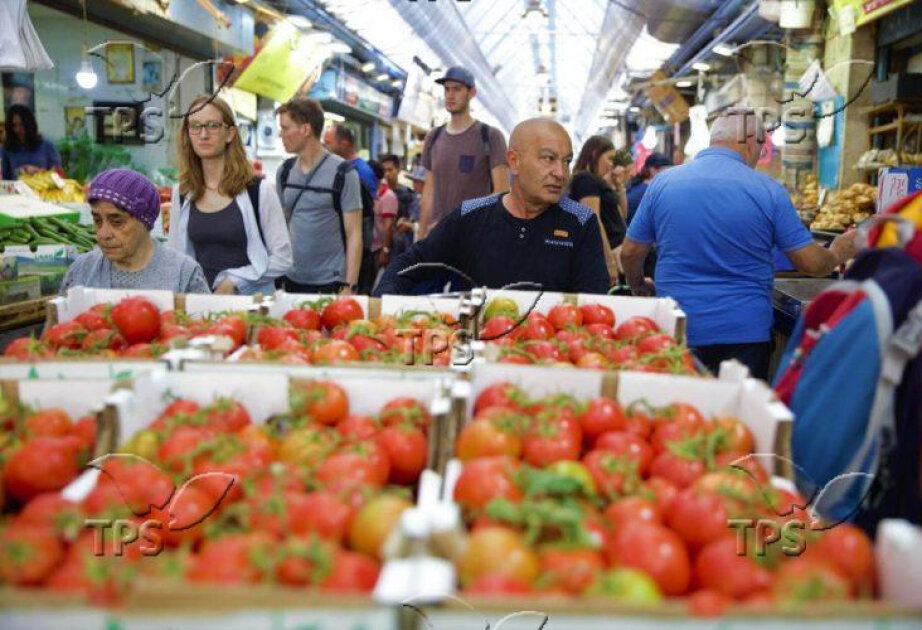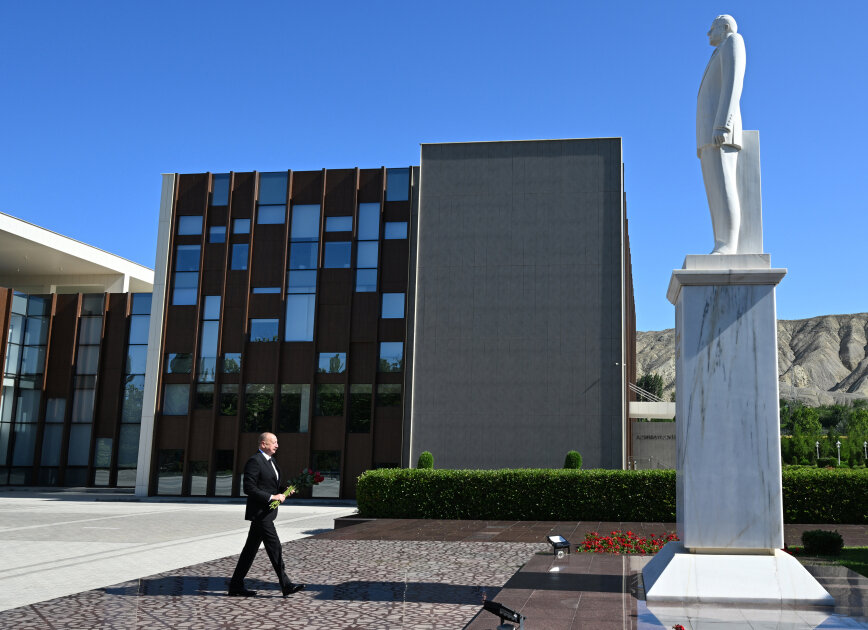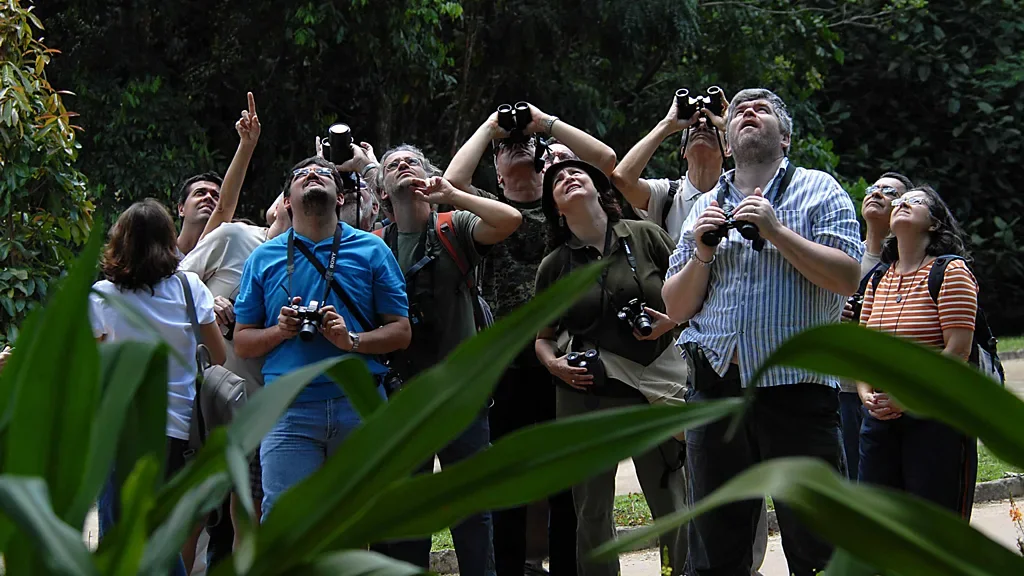New 3D imaging method tracks plant growth without expensive sensors
 In a breakthrough that could reshape how farmers monitor crop health, Israeli researchers have unveiled a low-cost, non-invasive method for estimating total leaf area in plants — using nothing more than a regular video camera, according to the Press Service of Israel (TPS-IL).
In a breakthrough that could reshape how farmers monitor crop health, Israeli researchers have unveiled a low-cost, non-invasive method for estimating total leaf area in plants — using nothing more than a regular video camera, according to the Press Service of Israel (TPS-IL).
Led by PhD candidate Dmitrii Usenko at the Hebrew University’s Institute of Environmental Sciences, the study demonstrates how standard video footage can be transformed into 3D models of plants using structure-from-motion (SfM) techniques. This method — traditionally employed in fields like computer vision and remote sensing — allows for accurate measurement of plant growth without the need for expensive sensors or destructive sampling.
“Accurate measurement of total leaf area is crucial for understanding plant growth, photosynthesis, and water use,” said Dr. David Helman of Hebrew University, who supervised the research. “But traditional approaches often require destructive sampling or costly, inaccessible equipment. Our model brings accessibility and accuracy together in a way that could benefit both smallholder farmers and large-scale agricultural operations.”
Working in collaboration with Dr. Chen Giladi of Sami Shamoon College of Engineering, the team gathered more than 300 video clips of dwarf tomato plants growing under controlled greenhouse conditions. From these clips, they generated 3D point clouds—dense clusters of spatial data—representing the shape and structure of the plants. They then trained machine learning algorithms to estimate total leaf area based on features extracted from the 3D data.
The findings were published in the peer-reviewed Computers and Electronics in Agriculture journal.
The best-performing model achieved a coefficient of determination (R²) of 0.96, indicating an extremely high level of predictive accuracy. Notably, the system remained reliable even under difficult conditions, such as overlapping leaves or plant movement caused by airflow.
“By reducing the cost barrier to accurate plant monitoring, we hope to democratize access to precision agriculture,” said Usenko. “This is a small but meaningful step toward smarter, more sustainable farming.”
While the study focused on tomatoes, the researchers emphasize that the method is crop-independent and adaptable. Since it only requires standard RGB imaging, which is widely available on consumer devices, the monitoring can be easily scaled for use in both greenhouses and open fields around the world, the scientists said. This makes the technology valuable for smallholder farms that would not otherwise be able to afford a more expensive monitoring.
In greenhouses, the technology can also be integrated into automated systems to optimize irrigation, lighting, and other environmental controls based on real-time plant development.






















